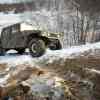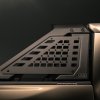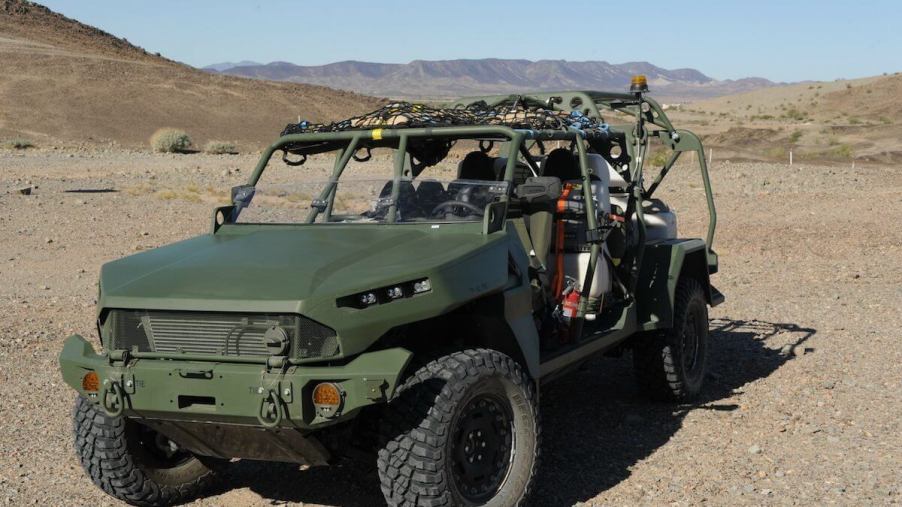
U.S. Army: ‘Steering Problems, Bent Seats, Engine Cracks, Overheating’ Plague Chevrolet Defense Trucks
Approval of the GM Defense Infantry Squad Vehicle (ISV) has been ongoing for a year over several issues that developed during tests. The Army labeled the ISV “not operationally effective.” It spelled out a range of developmental issues over “reliability, safety, maintenance, and human system integration.” The bottom line: the Army’s rigorous testing was too much for GM’s ISV.
How do GM Defense and the Army test these ISVs?
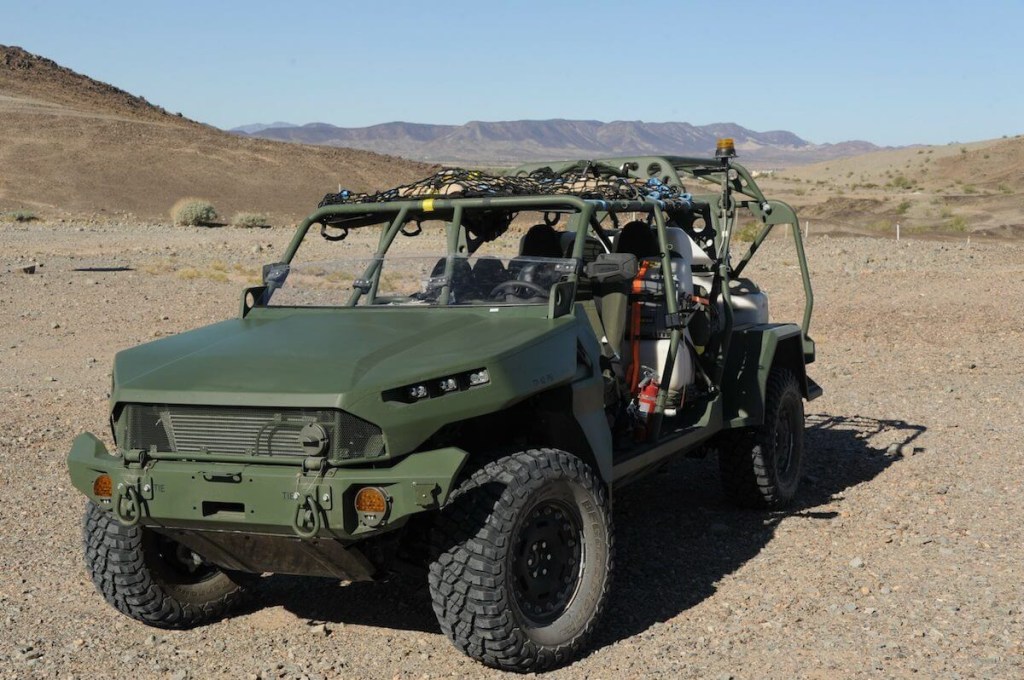
But this week, Army officials approved what it calls “full-rate production,” following the year-long successful testing after further development. Included in the testing procedures are qualification testing and also transportability certification. That last certification is because it must withstand low-velocity drops and helicopter sling loading. The GM ISVs must be able to handle transport by UH-60 and CH-47 helicopters, and also by C-130 and C-17 transporters.
The basis for the ISV trucks is the Chevrolet Colorado ZR2. With a payload of 3,200 lbs, it must be able to handle various terrain conditions. Also, it must accommodate up to nine soldiers, and be able to withstand long-range assignments.
GM Defense says that over 90% of the parts used on its ISV are off-the-shelf components. The Army says the weight for each one is 5,000 lbs.
How many ISD trucks were tested?
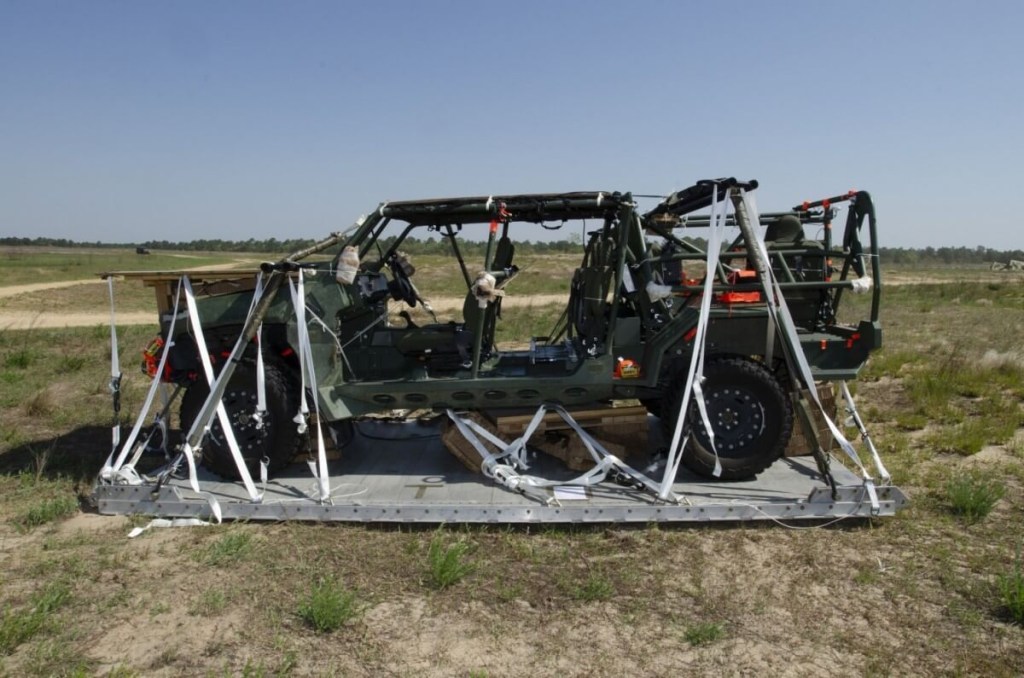
Since testing began, the Army has integrated more than 300 ISVs. Testing for three brigade sets took place during troop training. There are 59 ISVs in each brigade. Ultimately, the Army will take delivery of 2,593 ISVs. GM builds 20 ISVs each month, though it may increase production with this latest approval, according to Breaking Defense.
Production will be spread out between now and 2028. The production of the initial 649 vehicles including development was by contracting for $214 million through 2024. “There were no mission failures or system aborts from the last round of testing,” a GM Defense spokesperson wrote in an email to Breaking Defense.
What do these GM Defense ISDs do for the Army?
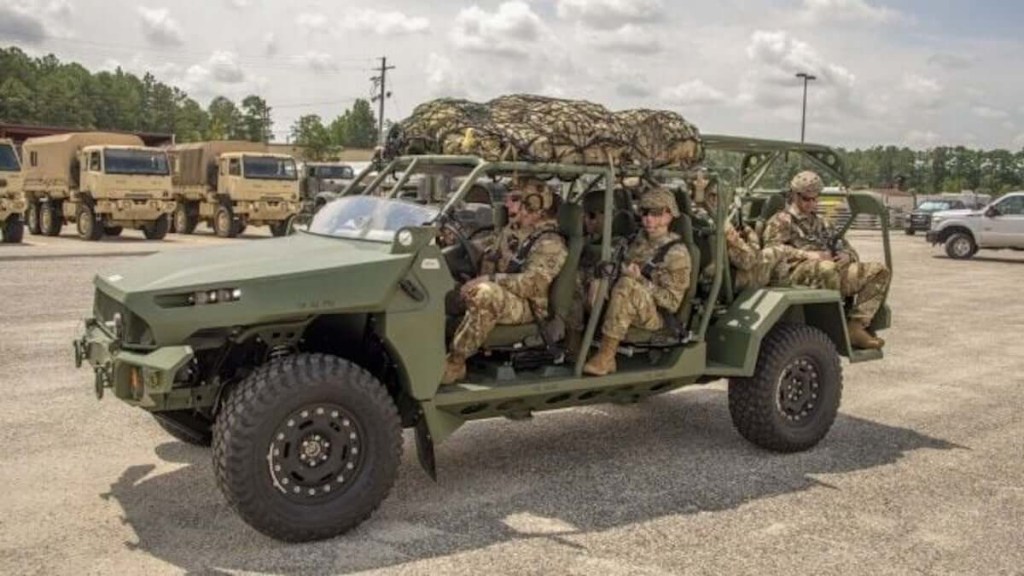
“Developmental and operational testing enable units to train while offering feedback to the requirements and acquisition communities,” the Army said in a statement. “This is aimed at improving a system’s utility and operational effectiveness in soldier’s hands, as well as suitability for the environments in which soldiers train and fight.”
During initial testing, the Army found the GM ISV could not meet the required 1,200 mean miles travel distance without failure. Further testing of more recently developed trucks required drives over 5,000 miles before they could pass. Part of this testing included fire support, command and control, electronic warfare, counter-unmanned aircraft systems, reconnaissance, logistics, and casualty evacuation missions.
GM builds numerous military-specific vehicles based on various production commercial vehicles. Besides this gas-powered ISV, the Army is also testing an all-electric ISV. No details of the EV are available at this time.
